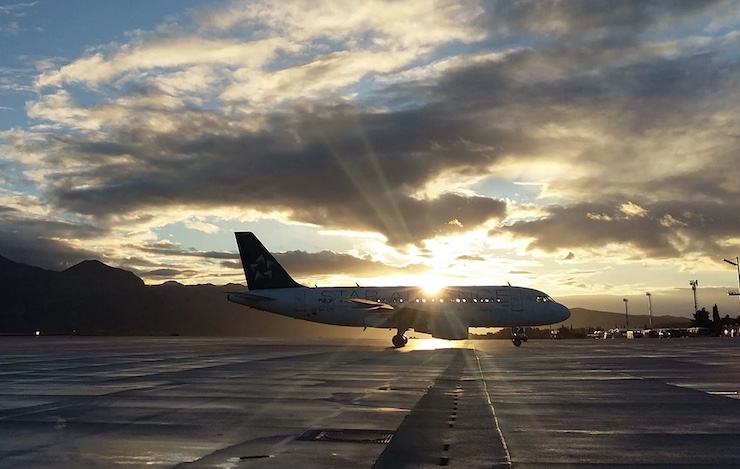
Federal Aviation Administration (FAA) regulations prohibit the flying of drones near commercial airports or above an altitude of 400 feet. But apparently, drone operators near Chicago’s O’Hare Airport – one of the nation’s busiest – never got the memo. In recent months, commercial airline pilots landing and taking off at O’Hare have complained to the FAA about near-collisions with drones flying far above the legal limit. The FAA is beginning to crack down, and violators – most of them private hobbyists launching their drones from nearby Lake Michigan beaches – could soon find themselves on the receiving end of a stiff fine should they fail to cease their current practice, mostly during weekends.
Most industry experts say that violations of FAA airport and altitude restrictions on drones are not widespread – at least, not yet. In most cases, they say, drone operators, especially newbies, are simply unaware of the restriction, especially regarding altitude, or lack the means to monitor it while flying their drone. But some operators are indeed aware and take the risk anyway, hoping to capture a restricted aerial view on video to impress their friends and social media followers. While no serious mid-air collision with a commercial airliner has been reported to date, the threat is growing, experts say.
Presently, the FAA lacks the ability to identify violators by name, but that’s likely to change next year when Remote ID kicks into effect. The new technology will allow the agency and law enforcement authorities to track the 800,000 drones currently registered with the FAA. Rule violators could be identified and fined virtually, much as road and highway traffic violators are. Repeat violators could even find their offending drones decommissioned – permanently.
Current FAA regulations do not apply to smaller airports in what is known as Class G airspace. However, drone operators must still limit their flights to uncontrolled airspace which may be as high as 700 feet. As a safety precaution, drone flyers operating near a busy small airport are advised to consult the website airnav.com to familiarize themselves with local air traffic patterns. However, judging from anecdotal reports from small craft pilots, many drone flyers fail to do so.
As more drones fill the nation’s skies, the threat of mid-air drone collisions with commercial aircraft is clearly growing. In the first 6 months of 2014 and 2015 there were, on average, 144 incidents in which drones came within seconds or a few feet of colliding with a major airliner, according to FAA records. However, these incidents, known to regulators as Near Mid-Air Collisions, or NMACs, more than doubled in 2016 and 2017. And in 2019, there were nearly 1,200 such incidents, including small private aircraft. according to FAA records.
Drone industry defenders say those numbers may be exaggerated. Commercial airline pilots cannot always properly identify objects flying at 500 feet, which can turn out to be balloons, birds and even plastic bags, they argue. To date, no major reported collision between a drone and any manned aircraft, let alone a commercial airliner, has occurred, they note. And the amount of prospective damage to humans or aircraft in the event of one is largely speculation at this point. But all drone stakeholders do agree on one point: one catastrophic mid-air collision, however unlikely, would still be one too many.
|